I have planted two rows of Broad Beans, each with ten plants.
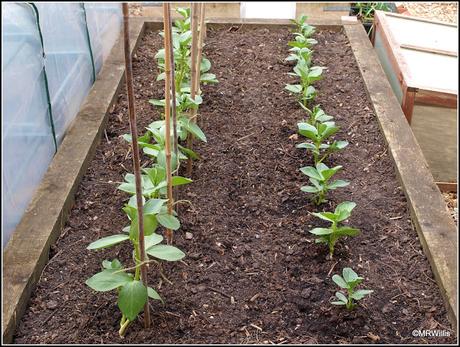
Most of them are doing very well, but I have recently noticed that one of them is lagging behind its peers. It's the middle one of the trio seen in the foreground of this next photo:

Notice how it's a lot shorter than both of its neighbours. Also, the lower leaves are limp and turning yellow.
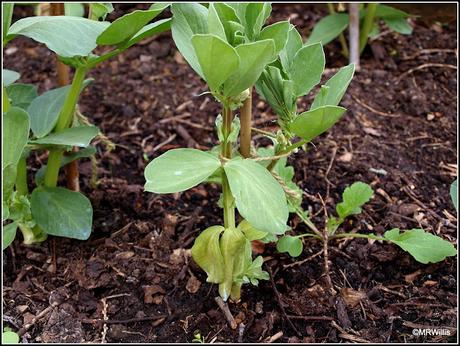
This plant is at best weak, and probably sick. It is unlikely to develop well.
Fortunately, when I sowed my Broad Beans I sowed some extras. I knew I wanted 20 plants, so I sowed 30 seeds! Since the plants in my raised bed had seemed to be well-established I have given away some of the spares, but I kept these three:
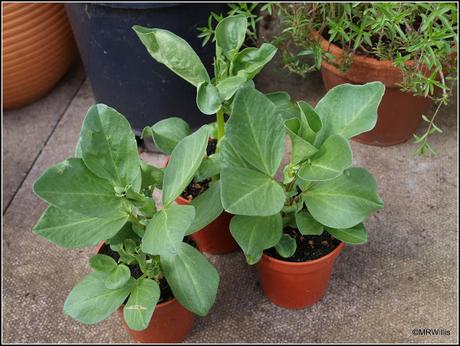
They are good strong, healthy plants, but beginning to become pot-bound in those little 3.5-inch pots. At the weekend I decided to give one of the spares its long-awaited opportunity. I removed the weak plant and replaced it with the best of the three spares.
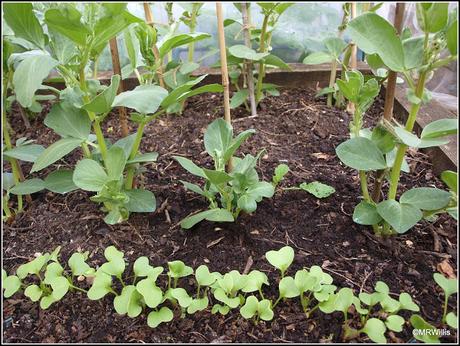
Of course, having been confined for so long to such a small pot, this new plant is also small, but it looks very strong and already has three stems. I expect it will now put on a growth spurt and by the time the others in the row are cropping it will have caught up.
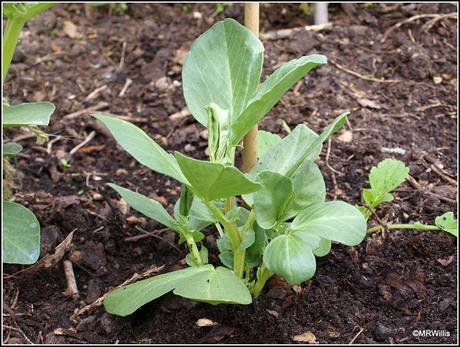
I conducted a "Post Mortem" inspection of the plant I removed, expecting to see grubs of some sort gnawing at its roots. Surprisingly, I didn't find any, but the stem/root junction looked hollow - perhaps damaged.
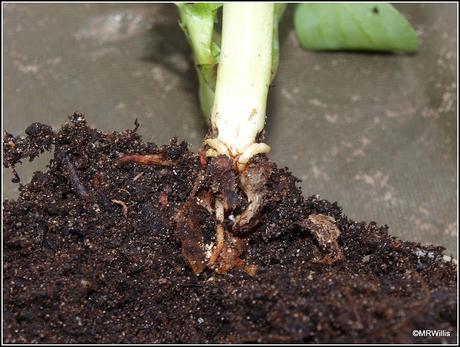
To be honest, that plant would probably have survived, but I don't think it would ever have been strong, and it would probably have delivered a small yield, so I'm glad I replaced it. My policy of having spares readily available for this purpose was vindicated.
Of course there remains the question of what will become of the remaining two spares... At some point soon I will have to either plant them (where??), give them away, or compost them. A difficult choice.
